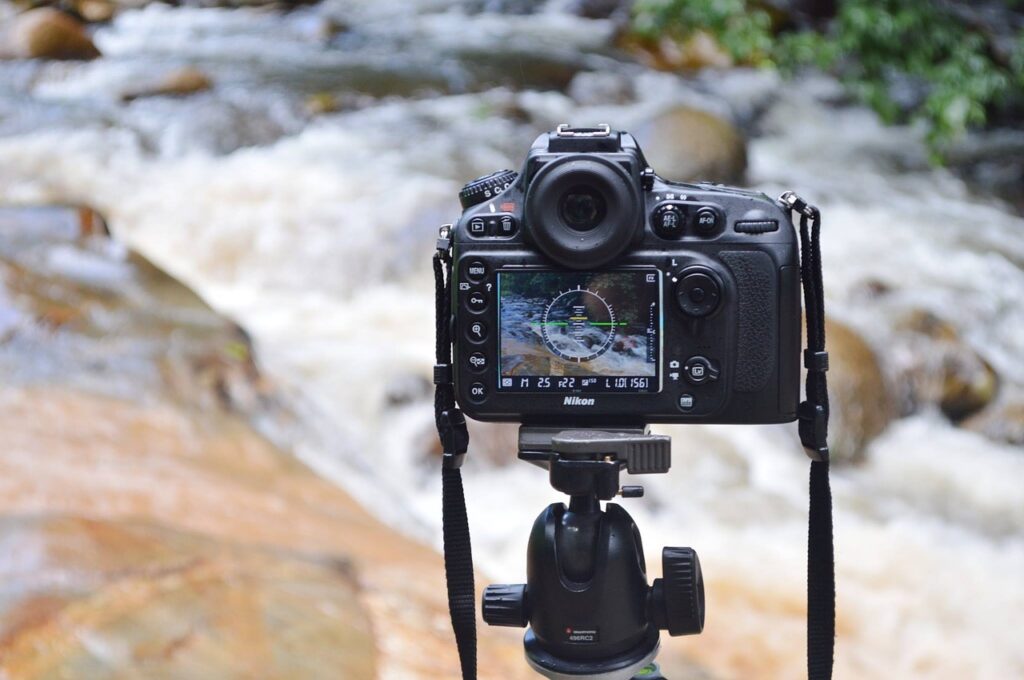Landscape photography is one of the toughest branches of photography, no matter how easy it may sound or look.
Let’s take a look at these 7 amazing tips on landscape photography by Sam Crawford.
- Tip #1: Which One to Choose – Land or Sky?
Which one is better for you, the land or the sky? If you want to know Sam Crawford’s thoughts on this then he’ll simply say “pick both”. Remember that both the sky and land assist each other to produce an exceedingly attractive photograph. However, try not to be over smart and figure out the stronger one. For example, you’ll love to capture the golden sky at the time of sunset and give less preference to the land.
- Tip #2: Locate The Focal Point
Keep in mind that focal point may not be POI (point of interest) but POI may be the focal point. Apart from that, focal point can be the starting point to find POI. Actually, focal point is the exact area where you wish the eyes of the viewers should fall while viewing the photographs. It can also be represented by an object in the frame.
- Tip #3: Try Not To Underrate Foreground
While numerous photographers concentrate on finding the ideal background for their picture, foreground is equally crucial. Foreground, when set effectively, offers the viewers deep sensation. Foreground can be utilised for focal point in numerous cases. You can utilise any articles as your foreground, for example, trees, rocks or even an individual.
- Tip #4: Make Tripod Your Best Friend
Tripod is complex equipment for many. It is too heavy to be conveyed, yet its capacity is too indispensable to possibly be deserted. The fundamental work of a tripod is to prevent the camera from shaking. Sam Crawford always brings his tripod with him, whenever he plans to capture landscape photography. Sam Crawford says that it’s better to bring a heavy tripod than to regret on bad photographic results.

- Tip #5: Use Maximum DoF (Depth of Field)
Sharpness in landscape photography should be from one end to the next. Utilise low focus, f/22 or lower to keep up the sharpness of the picture.
- Tip #6: Catch The Movement Of Nature
Numerous individuals think that landscape photography is only about getting a picture of the quiet, unwinding, and still nature. However, you can include some “life” in the photographs by capturing the nature’s movement, for example, water flow, moving clouds, and flying leaves.
- Tip #7: Collaborate With The Weather
Weather changes, quicker than you imagine. Many people think that only the good weather is ideal for photography and bad weather is about staying indoors. However, you can capture some of the most intriguing and awesome photographs in bad weather conditions also. Heavy rain, blizzards, snowstorm and thunderstorms are excellent conditions to capture photographs that will mesmerise the viewers.